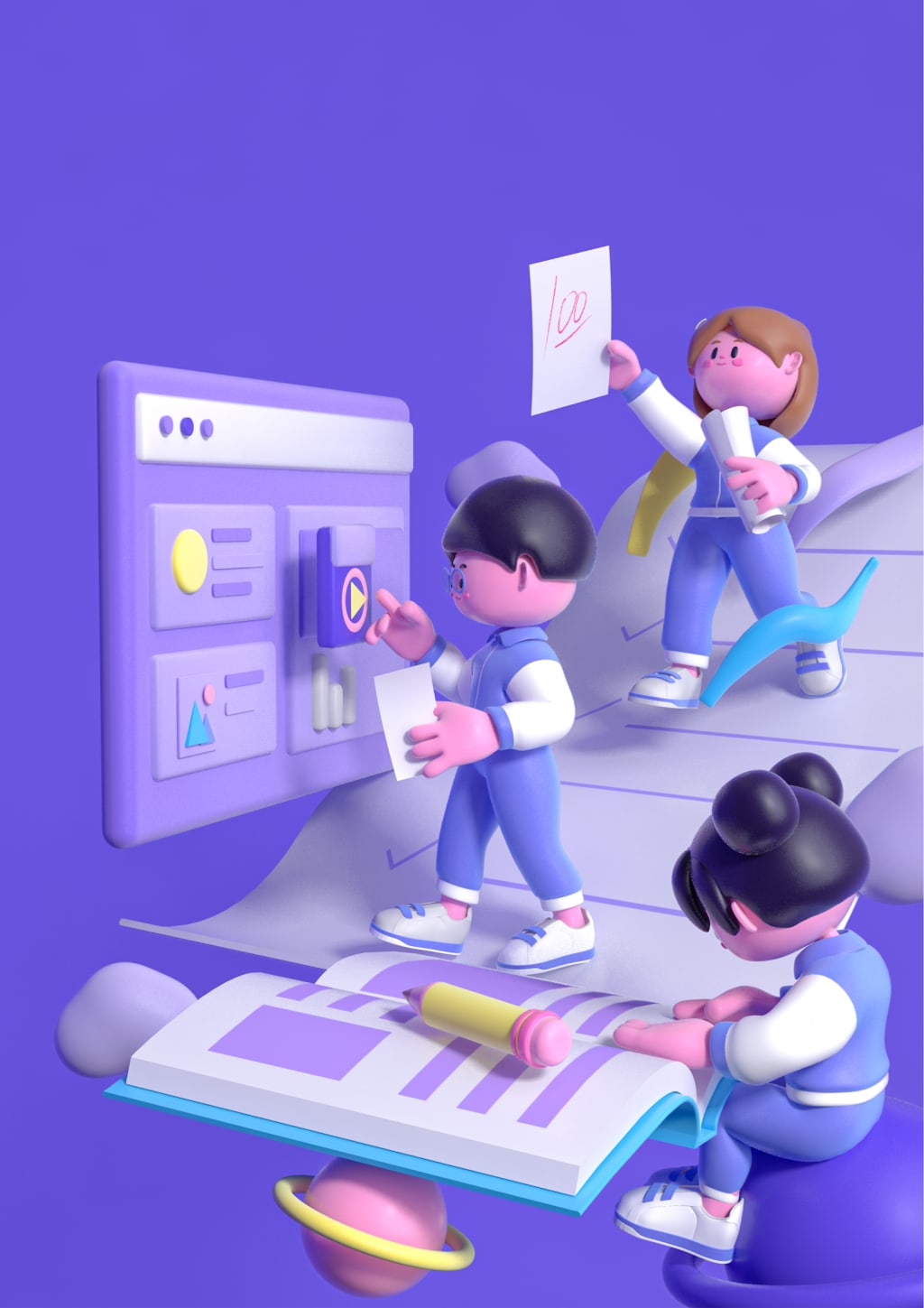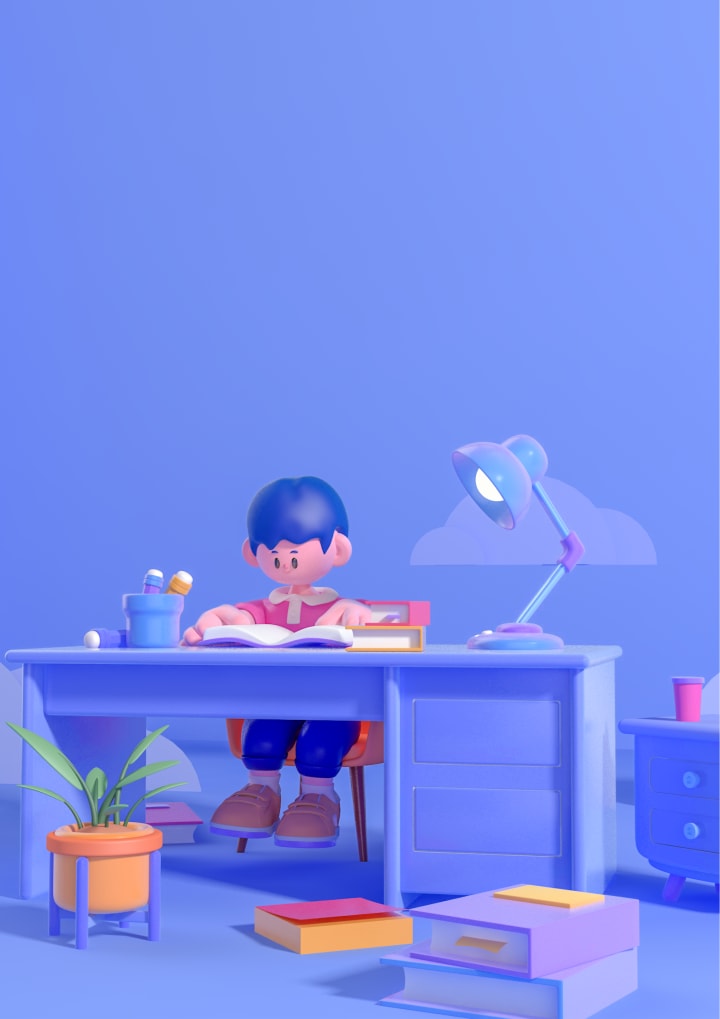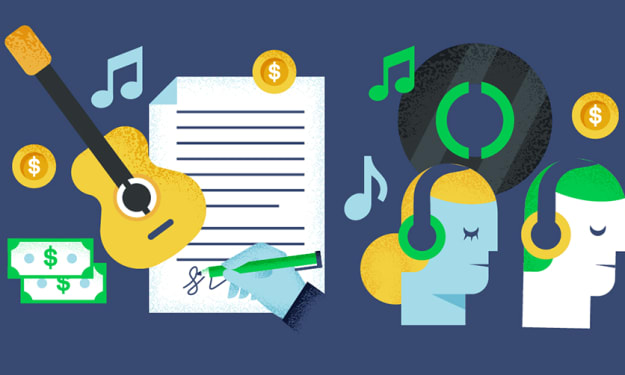Navigating the Currents
The Evolution and Challenges of Contemporary Education

In the ever-evolving landscape of the 21st century, few sectors have experienced as much transformation as education. The advent of technology, the shifting socio-economic dynamics, and the global pandemic have all played a significant role in shaping contemporary education. This article aims to explore the current educational environment, its challenges, and the potential pathways for the future.
The most notable shift in contemporary education is the integration of technology. The digital revolution has permeated every aspect of our lives, and education is no exception. From interactive whiteboards in classrooms to online learning platforms, technology has fundamentally altered the way we teach and learn. The COVID-19 pandemic further accelerated this shift, necessitating a sudden and widespread adoption of remote learning. This digital transition, while challenging, has also opened up new possibilities, making education more accessible and flexible than ever before.

However, the digital divide, a long-standing issue, has been exacerbated by this rapid shift to online learning. Students in rural areas or from low-income families often lack access to reliable internet and digital devices, putting them at a disadvantage. This digital divide is a stark reminder that while technology can be a powerful tool for education, it must be deployed equitably to ensure all students can benefit.
Another significant trend in contemporary education is the shift toward student-centered learning. This approach emphasizes the learner's active role in their education, promoting critical thinking, creativity, and problem-solving skills over rote memorization. This shift recognizes that in an information-rich world, the ability to analyze, synthesize, and apply knowledge is more valuable than simply acquiring facts.
However, implementing student-centered learning is not without challenges. It requires a significant shift in mindset for both educators and students, who may be accustomed to traditional, teacher-centered methods. Additionally, it demands a high degree of adaptability and personalization in teaching, which can be difficult to achieve in large, under-resourced classrooms.
The growing recognition of the importance of social-emotional learning (SEL) is another key aspect of contemporary education. SEL focuses on developing skills like empathy, self-awareness, and resilience, which are crucial for personal and professional success. Schools are increasingly integrating SEL into their curriculums, acknowledging that education should nurture not just academic abilities, but also emotional intelligence.
Yet, the implementation of SEL is often hampered by a lack of resources and training. Many educators feel ill-equipped to teach these skills, and schools often struggle to allocate time for SEL amidst the pressure to meet academic standards.
Looking ahead, it's clear that contemporary education is at a crossroads. The challenges are significant, from bridging the digital divide to implementing student-centered and social-emotional learning. However, these challenges also present opportunities for innovation and transformation.
The future of education lies in harnessing the power of technology to make learning more accessible and engaging while ensuring it serves all students equitably. It involves shifting from a one-size-fits-all approach to a personalized, student-centered model that fosters critical thinking and creativity. And it requires integrating social-emotional learning into the curriculum, recognizing that education must nurture the whole child.
In conclusion, contemporary education is a dynamic, evolving landscape, shaped by technological advancements, socio-economic factors, and a growing understanding of how students learn best. Navigating this landscape requires adaptability, creativity, and a commitment to equity and holistic development. As we look to the future, let's embrace these challenges as opportunities to redefine and reshape education for the better.
About the Creator
Enjoyed the story? Support the Creator.
Subscribe for free to receive all their stories in your feed. You could also pledge your support or give them a one-off tip, letting them know you appreciate their work.





Comments
There are no comments for this story
Be the first to respond and start the conversation.